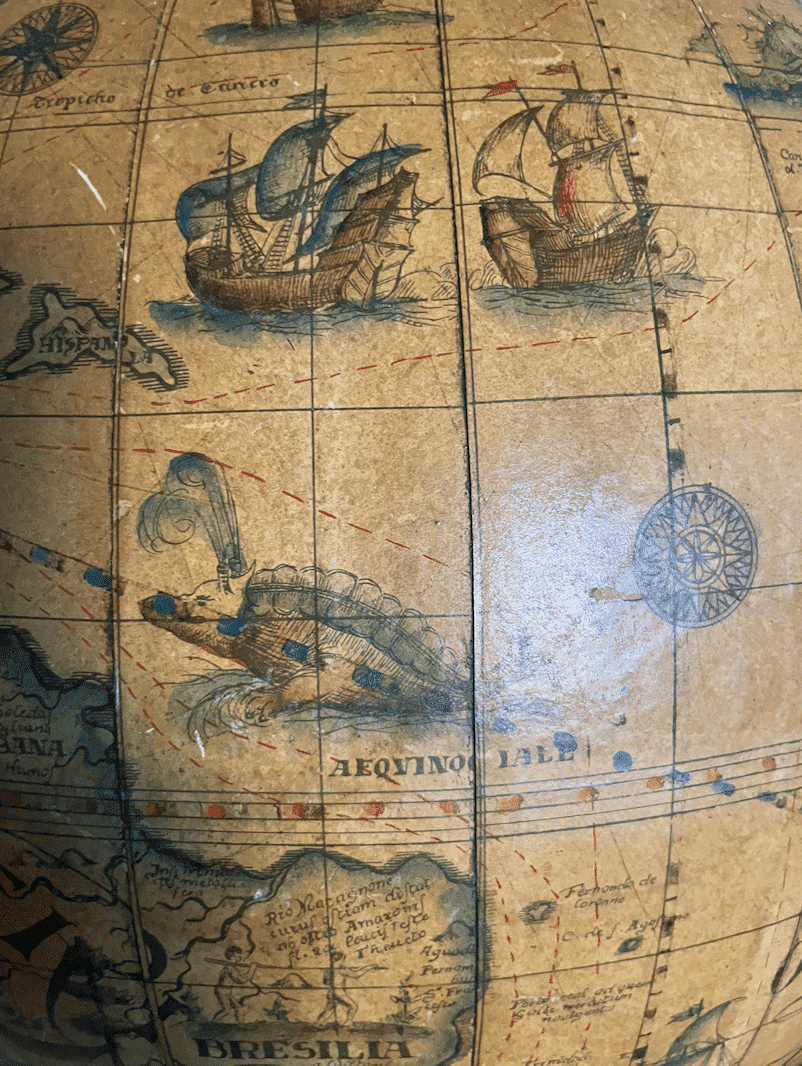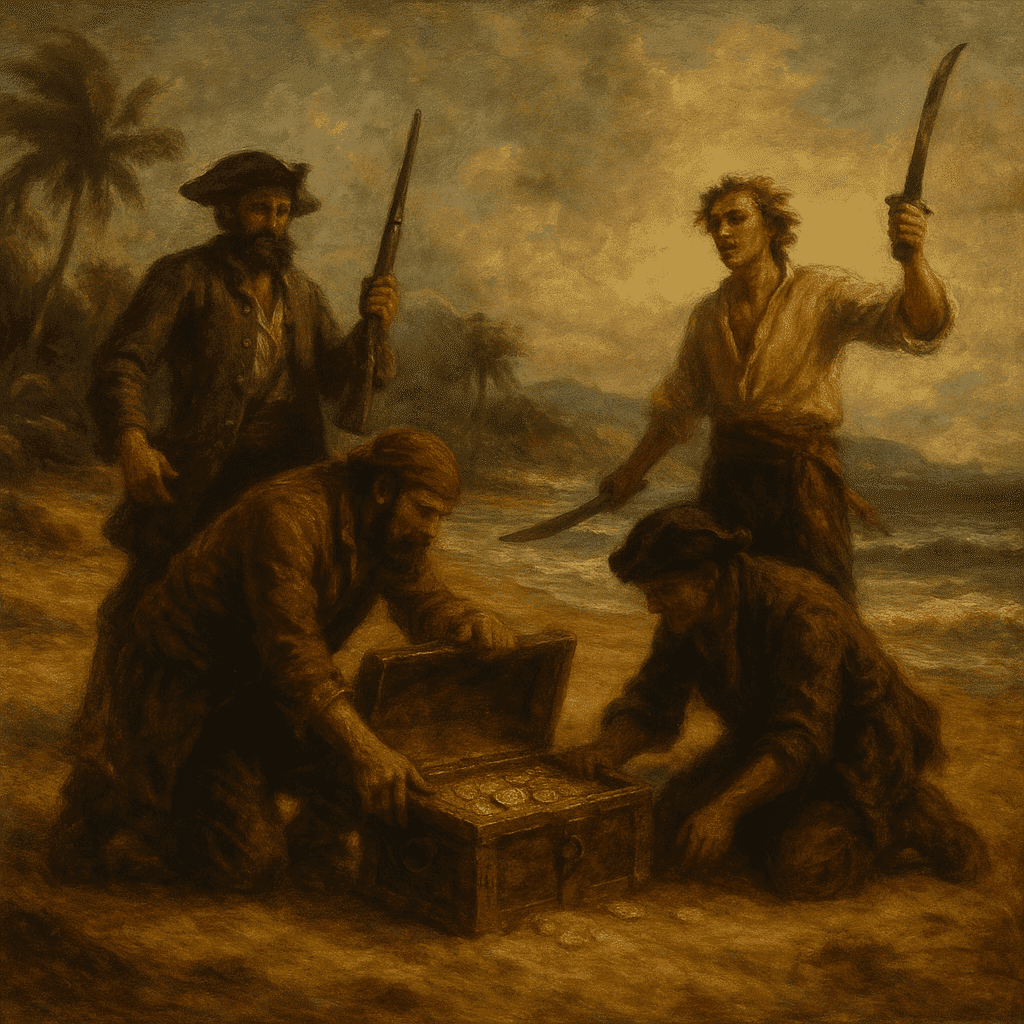Sign up with NauticEd for FREE (no obligation) and receive 2 free boating courses, a free eLogbook and boating resume, and more! If you want to get started in boating or are experienced and want to expand your knowledge and skills, consider taking our many online sailing and powerboating courses.
Did Pirates Really Bury Treasure?
Not really. The idea that pirates buried treasure is more legend than reality—a myth born out of Victorian-era fiction rather than actual history.
The only verified case of a pirate burying treasure is Captain William Kidd, and even that’s complicated. Kidd may not have even been a pirate at all—he was a privateer with backing from high-ranking officials and a legal letter of marque. When things went sideways politically, he became a scapegoat. In 1699, realizing he was being hunted as a criminal, Kidd buried a small amount of treasure on Gardiners Island, New York, hoping it could be used as a bargaining chip to clear his name. Spoiler: it didn’t work. The treasure was dug up and used as evidence against him in a rushed trial that ended with Kidd hanged at Execution Dock in London.
That story, though, was sensational. His arrest and execution were big news, and the idea of buried treasure caught fire in the public imagination. Tavern tales up and down the American coast started spinning new versions of Kidd’s story, each with more mystery and buried gold. That myth laid the groundwork for the buried treasure trope we all know today.
Writers in the Victorian era ran with it. Robert Louis Stevenson’s Treasure Island (1883) gave us X marks the spot, parrots, peg legs, and the idea that pirates hoarded and hid their loot. Stevenson even admitted to borrowing plot elements from Washington Irving, who had his own Kidd-inspired treasure story, Wolfert Webber (1824). Another author, Alexander Dumas, leaned into it with The Count of Monte Cristo, based on the idea of lost pirate treasure.
But again—pirates didn’t bury treasure.
Why would they? Pirates lived hard and fast. The average pirate career lasted two to three years. The goal wasn’t to stash wealth and retire—it was to spend it now on rum, women, and freedom from rules. They were hedonists, not planners.
Plus, pirate loot wasn’t usually gold doubloons and royal jewels—it was tobacco, sugar, wood, cattle, and stolen charts(those were hugely valuable). Anything they did grab that was worth real money got sold as fast as possible at pirate-friendly ports like Tortuga or Port Royal. There’s no reason to bury what you need to sell to survive.
Even if someone had wanted to bury treasure, it would’ve taken a vote from the crew. Pirate ships ran like floating democracies. Captains led by charisma and success, not by fear or title. Treasure was communal property—if someone tried to bury it, the rest of the crew would’ve wanted their share immediately.
Sure, there are a few other buried treasure stories: Drake temporarily hid silver in Panama, Lady Killigrew buried loot in her garden, Peter Easton was rumored to have stashed treasure in Ireland, and there’s a tale of pirates hiding wealth on Madagascar. But these are scattered, unconfirmed, and mostly serve to show how rare the act actually was. Even Charles Johnson’s famous (and questionably accurate) General History of the Pyrates has maybe one or two vague references to hidden loot.
The “X marks the spot” thing? Total fiction. There are no records of pirates ever drawing treasure maps, let alone with cartoonish Xs. That’s Stevenson again. “Yo-ho-ho” and the “black spot” also come from Victorian authors, not actual pirate logs.
In short: if you’re out digging for pirate treasure, you’re hunting a fantasy. Pirates didn’t draw maps. They didn’t bury gold. And they certainly didn’t plan for tomorrow.
They lived, they raided, they spent it all, and they died—usually young, often brutally.
Romantic? Maybe. Real? Not even close.
You can learn more with NauticEd

Sign up with NauticEd for FREE (no obligation) and receive 2 free boating courses, a free eLogbook and boating resume, and more! If you want to get started in boating or are experienced and want to expand your knowledge and skills, consider taking our many online sailing and powerboating courses.







